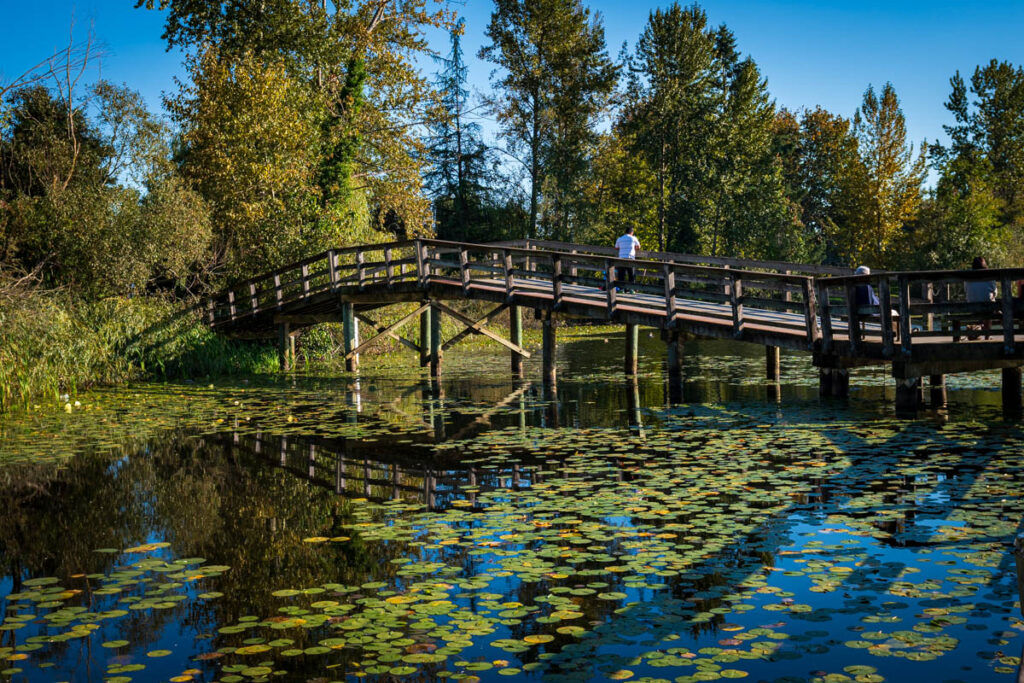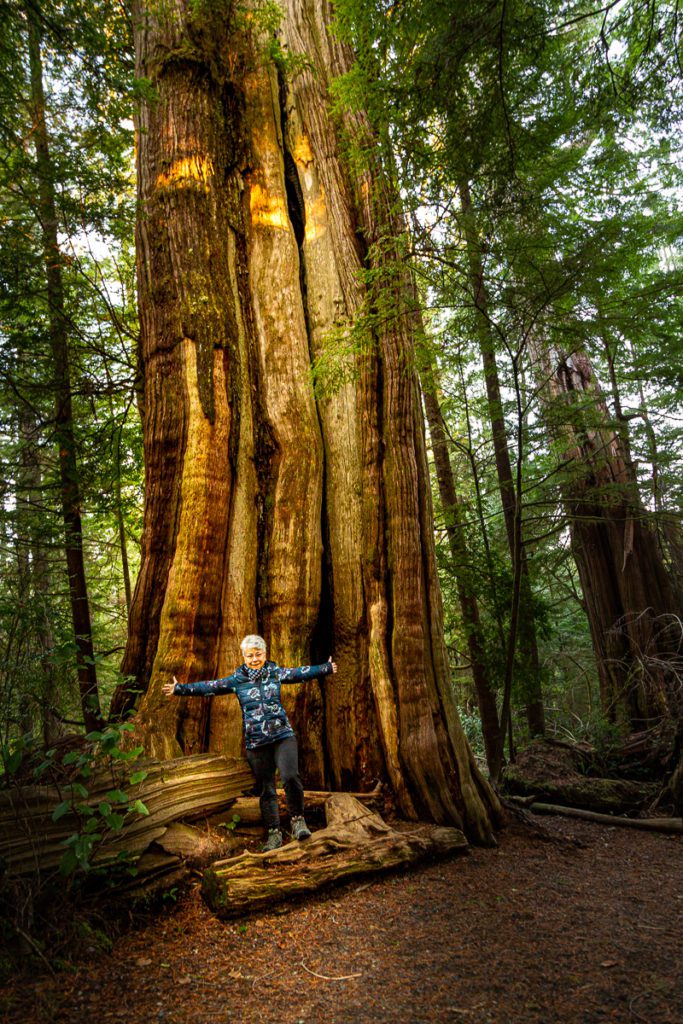Beyond the Basics: 7 Advanced Composition Techniques to Elevate Your Photography
You’ve mastered the Rule of Thirds. You know how to use Leading Lines and Negative Space. So, what’s next?
As your photography skills grow, so should your artistic vision. The next step is diving into advanced composition techniques—the subtle, powerful tools that help create images that feel more intentional, compelling, and emotionally rich.
Here are 7 advanced composition techniques to help you break out of the ordinary and into creative, next-level photography.
1. Visual Weight and Balance
Not all elements in a photo are created equal. Some grab more attention based on size, brightness, color, or sharpness.
Try this:
Instead of symmetry, experiment with asymmetrical balance—a large dark object on the left, balanced by a small bright one on the right.
Pro Tip: Think of your frame as a scale. What pulls the viewer’s eye, and how can you balance that pull?
2. The Golden Ratio (Fibonacci Spiral)
Think of the Golden Ratio as the elegant cousin of the Rule of Thirds. This mathematical spiral occurs naturally in art, architecture, and nature—and it creates compositions that flow beautifully.
How to use it:
Many editing apps (like Lightroom and Photoshop) have an overlay for the Golden Spiral. Place points of interest along the curve and let your viewer’s eye naturally follow the path.
Example: A spiral staircase or curling wave works beautifully here.
3. Color Theory in Composition
Use color contrast, harmony, and mood to enhance your storytelling. Bold colors can lead the eye, while muted tones can evoke quiet or melancholy.
Try this:
Pair complementary colors like blue/orange or red/green. Or use one bold color in a monochromatic scene to draw attention.
Real-life tip: A red umbrella in a grey rainy street makes a bold and memorable statement.
4. Juxtaposition
Put two contrasting elements together to create visual tension or storytelling. This can be powerful in street photography, documentary work, and creative projects.
Examples:
- A child next to a soldier.
- An old, crumbling house beside a modern skyscraper.
- A barefoot monk using a smartphone.
Why it works: It creates curiosity and makes viewers think about the relationship between elements.
5. Depth Through Layering
Adding foreground, midground, and background gives your image depth, making it more immersive and three-dimensional.
How to try it:
When shooting landscapes or portraits, include something close to your lens (like leaves, railings, or reflections). Let that lead into your main subject and then into the background.
Think in layers: Don’t just shoot at something—compose through something.
6. Implied Lines
Lines don’t have to be literal. Sometimes your viewer’s eyes follow a gesture, a glance, or a path of light.
Examples:
- The direction a person is looking
- A row of streetlights leading into the distance
- The angle of a dancer’s arms
Pro Tip: Use implied lines to subtly guide your viewer toward your subject or around the frame.
7. Negative Space with Intention
Beginner photographers are taught to “fill the frame,” but sometimes empty space tells a stronger story.
Try this:
Let your subject occupy a small portion of the frame. The surrounding space can symbolize isolation, freedom, or scale.
Example: A single bird in the sky, or a person standing in a vast field.
Want to Master These Techniques?
These advanced composition tools take time, practice, and guided feedback to truly master—and that’s where we come in.
At Omnilargess Photography, we offer Private Lessons and Advanced Workshops tailored to your goals. Whether you want to build a portfolio, develop a unique style, or refine your composition, we’ll help you take your photography further.
Contact us today to book your private session or inquire about upcoming advanced classes:
Fraser Valley | 1-on-1 Coaching | Real-world Practice
Want More Free Photography Tips?
Follow us on Instagram and Facebook for daily photography tips and tutorials.

That is all for now. Stay tuned for my following photography Tips. We love to hear from you. Let us know if you have any questions; feel free to send us your questions, and we will gladly answer them. Follow us on Facebook, Instagram and Twitter for more Free Tutorials and Tips.
Ted and the Omnilargess Team






